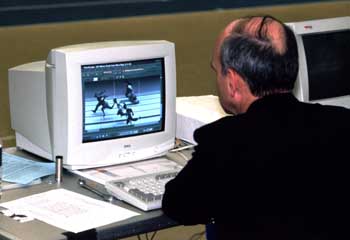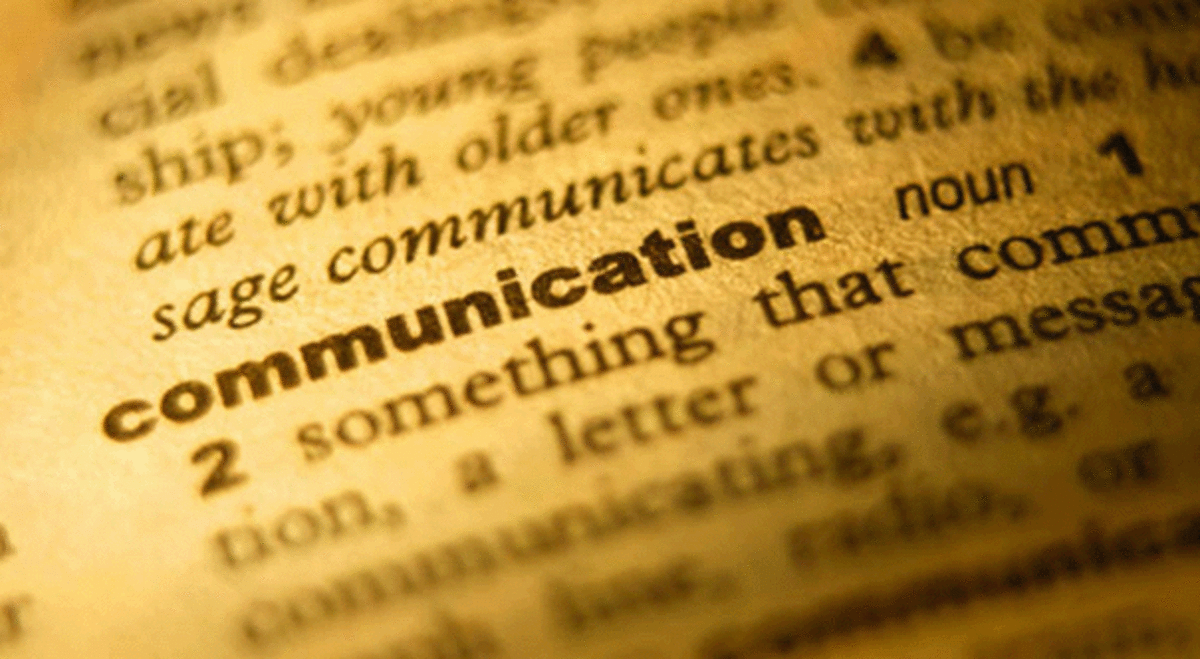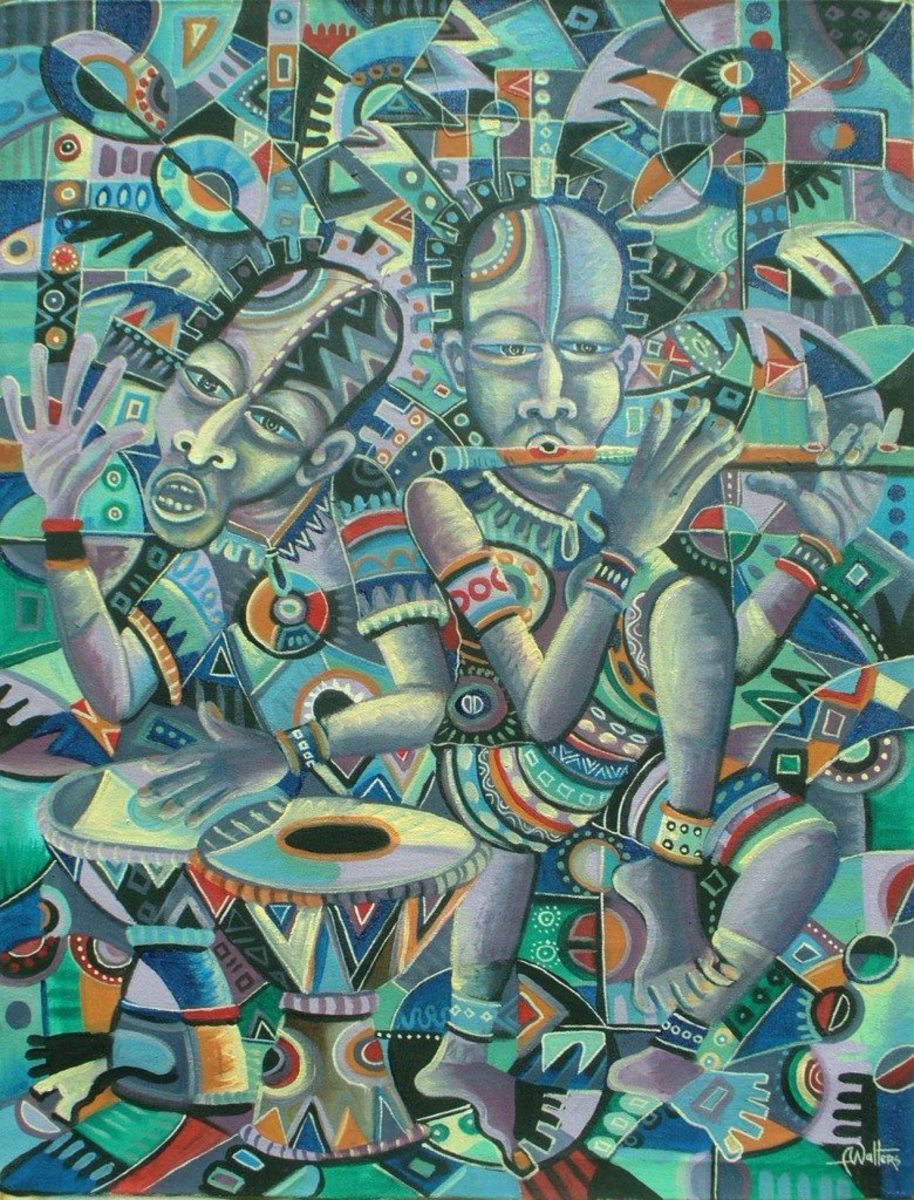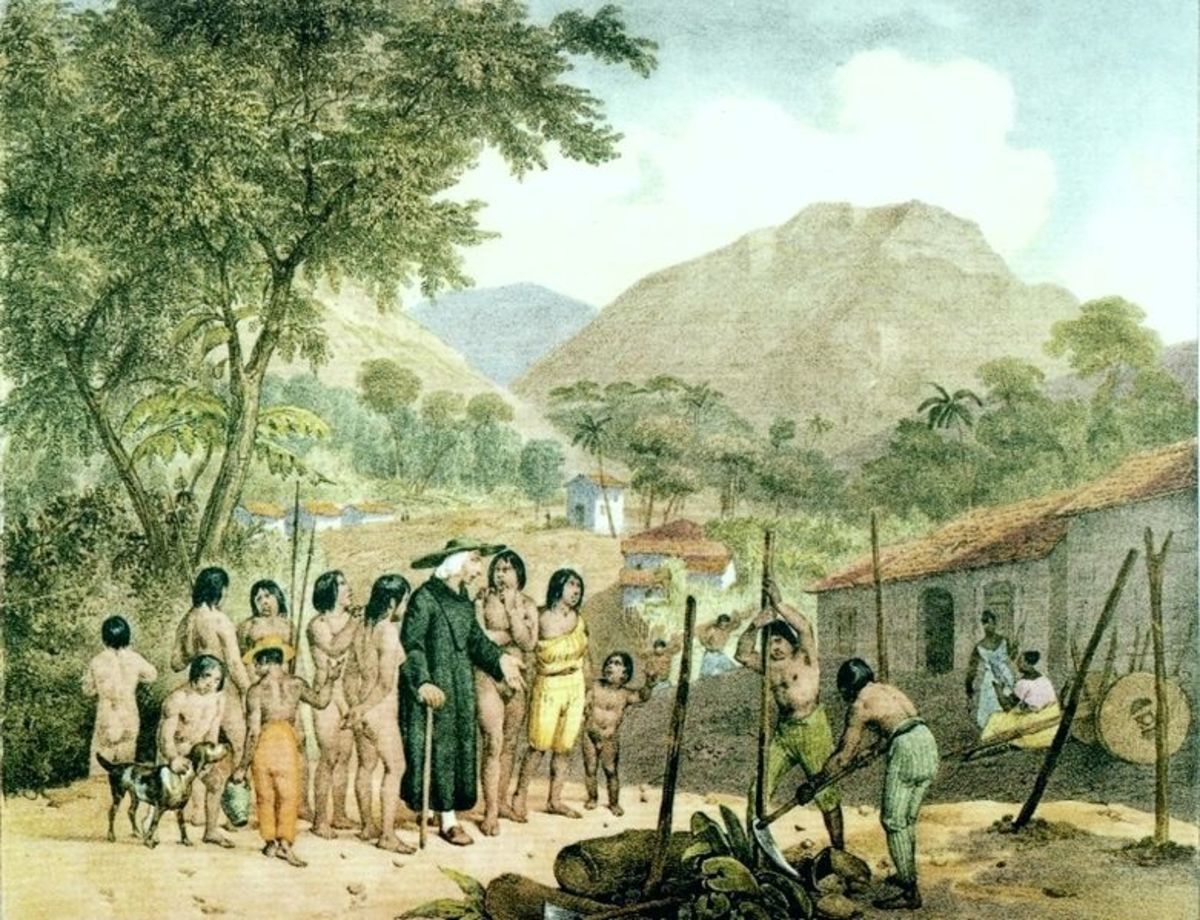New Media, What is it? An Introduction
A Brief History Of Media
Most of us have heard or read about “New Media” but what exactly is it? Vast amounts of Wall Street capital have been expended on it. Much of that capital has been lost. But there is still a great deal of noise regarding these newest media. Why all the hoop-la? To answer these questions, we first need to understand what the word “Media” refers to. When we think “media” we think radio, newspapers, TV, and magazines. The word is plural for medium. The Oxford American Dictionary defines “medium” as: “a substance or surroundings in which something exists or moves or is transmitted… an agency or means by which something is done.” So, in real terms, we should consider roads, cars, highways, train systems and even airplanes, as media. We should include verbal communications, writing, the telephone and, of course, the Internet. And, as the “surroundings or substance within which something exists or moves,” the medium is independent of its content. In fact, content is typically an entirely distinct medium. For example, tractor-trailer trucks are very different than economy cars or motorcycles, yet all use the same medium for travel, namely roads. Verbal communication can be transmitted over television or radio, and through the air face to face: the three are each very different forms of media.
Media comprise, as Marshall McLuhan said, extensions of our senses and bodies. The wheel is an extension of our feet, as is the road, the railway, and the airplane. Writing transforms language from an aural phenomenon to a visual one. Radio is an ear extension. New Media bring balance back to all the senses. But before getting too involved in the nature of the New Media, let me briefly describe the impact new forms of media have historically had on societies?
Among the events having most impact on human civilization, the invention of the alphabet and writing ranks high. History could not exist without it. In fact, prior to the invention of writing, entire cultures thrived without personal pronouns… no I, me, or mine. There was no accumulation of serial experience, no notion of self as we understand it today. With writing came the personal pronoun, and with the personal pronoun came the notion of one God, a single omnipresent, omniscient being. This was one of the most important revolutions in human civilization. Symbolic meaning structures were transformed. Oral and aural societies were transformed into visual cultures. Guilt replaced shame. Individualism replaced tribalism. Narrative and community based symbolic meaning structures were replaced by notions of history and progress. Entirely new conceptual vocabularies evolved. The idea of number, originally derived from the digits, or fingers, became an abstract description of reality. An extension of the sense of touch, number was transformed into a visual concept. Fragmentation on personal and social levels became the norm. A division of labor was possible. Abstraction came into its own.
Technology and media deliver more than the content of the information delivered.

From Print to Radio, a New Beginning?
Later, with the advent of the printing press, we experienced a great homogenizing influence. Coincident with roads, writing on paper converted social structures: Power was transferred from the priestly class to the military. When the paper ran out, so did Rome. Feudalism ensued. With the printing press, nations were born, and so were the modern European languages. Large geographic regions came together, united by language -- the visual language of the alphabet. Tribalism went National.
The introduction of radio had less impact on literate societies than on non-literate tribal societies. For the tribal society, radio was an intensification of the aural basis of their culture, often with extremely destructive effects. Balance of the senses at a fundamental level was lost. For the visual, literate society, radio, still a hot medium, sometimes balanced and sometimes confused the culture. Primarily visual, modern societies were often brought into balance by the intensification of the hearing sense. Television changed things again. The speed with which information could be transmitted, and the impression that all visual content is the truth, created a qualitative change in the nature of politics, social indoctrination, and commerce. Impatience with slower media became common. The speed of the medium altered the notion of time: Linear, sequential, causal, delayed and abstract concepts became immediate, coincident, instantaneous and concrete. History lost its power. A reinvigorated global tribalism was born, with all its attendant conflicts. Such is the power of fast communication. The development of new media is a dialectical, back and forth, process, resulting from the interplay of existing media with a wide variety of cultural stresses and conflicts.
All previous media were passive, or subconscious. This is not to say that they were not engaging. Previously existing media were, to a great extent, subliminally tyrannical. That is to say, we participated in them without any awareness as to their impact. They had their impact, and we could care less. Today there is a new medium, or rather, New Media. New Media are no longer passive. To the contrary, instantaneous communication, unrestricted information, and most importantly, interactivity prevail. Interactivity breeds verbs. The media themselves become fundamentally democratic. We become impatient with tyranny. We rebel. Most obviously manifest in video games, this “need” is seen as a general shortness of attention and reliance on “seeing is believing.” Memory is in the process of being restructured. Today, a new disease has been discovered in children: Attention Deficit Disorder. Is it possible that this new disease is really simply an artifact of fast media and electronic media in particular? Perhaps the answer lies not in striving to regain old cultural institutions but rather in a new approach to teaching and learning.
Technology and Culture
We, as a culture, hark back to the nuclear family, to literacy, to neighborhoods. Could it be that these cultural forms are rapidly becoming antiquated? Is it possible that the reason they are failing is because they no longer apply to our cultural needs or thought processes? Things have become highly mobile, instantaneous, and fluid. “Progress” has surpassed its original source. Economics, education, and communications have all undergone tremendous upheaval. Evidently, our cultural institutions are in the midst of revision once again. Although traumatic to the host culture, these changes are the inevitable product of new technologies, of new media.
The newest media are interactive, and provide information in quantities and at speeds never seen before. They are linked together in spider web fashion, like roadways or wire closets. Today we move from one medium to another as easily as we walk from the kitchen to the living room. Additionally, we incorporate more types of media within each medium than ever before. New Media are multimedia. Also, with the advent of psychology, anthropology, semiotics, the psycho-cultural analysis called sociology, and the resources of the entire advertising industry, for the first time in human existence we are forced to attend to an awareness of the forces of media. This fact greatly alters the impact that new media can have on civilization. Today we actively manage and design the impact of media on society. This is not to say that there are secret organizations that are out to control our minds. But in the context of today’s advertising and marketing industries, current political campaigning, the cultural importance of the music industry, and of television, media management is a fact of life. However, our efforts and awareness remain focused on content. We miss the point… But this is changing.
Managing the impact of new media is possible, requiring first and foremost awareness that the changes can be healthy, but are, in any event, inevitable. Classifying the symptoms of change as disease buries the substance of the change beneath historical (read: “hysterical”) contexts that cannot address the new technologies. Instead, we avoid the issues. So, where do we look for the symptoms of change? Where do we find the key factors defining the impact of these new media today? What are New Media? Where is the impact of New Media manifest now? How do we manage the impact of entirely new and unexplored media?
As we have seen, media are extensions of human culture and of the human mind. They constitute integral characteristics of society. The media we live in determine the orientation and organization of our culture at fundamental levels. With spoken language came kinship, organization and agriculture. With writing came notions of self, monotheism, law, and history, and the differentiation of art as separate from work. Where art had been a part of work, it became a means of self-expression. The invention of money as a medium of exchange gave rise to Capitalism. How much more fundamental can you get? Perhaps a slight bit more fundamental… Our very senses and bodies are affected. Tribal culture thrives on verbal communication: The ears rule. In literate cultures the eyes have it. New media, as such, have radically affected memory and its manifestations. Bear in mind that thinking itself is a reflex (or, more quietly, a manifestation) of memory. In verbal, non-literate cultures, memory is compiled as narrative. Always changing with each retelling, stories comprise the rules and meaning structures of aural cultures. Time seems a looping web of events, repeating with minor alterations, the alterations themselves explained in terms of the narrative. The invention of writing allowed for, and indeed necessitated, a revision of our notions of time. It was suddenly possible to date events, which gave rise to an idea that events were sequential and linear. The ego itself became an accumulation of events called Experience. Writing, associated with the invention of personal pronouns, made the modern ego possible. The impact on our understanding of nature was immense. Science, as a discipline, was invented based on sequence and causality. Without writing it could not have existed. Number, as a concept, was revolutionized. So it has been with all new media.
Effects of Media Tech Advance on Culture
Do you feel that the advance of media technology is beneficial?
Cultural Pluralism or Homogenized & Pasteurized Societal Systems
So what is the impact of interactive electronic media on culture? In the verbal, tribal culture, events were interpreted as narrative. Cultural meaning came from stories. The stories evolved as new needs developed, to a point. Information was hard to come by, and as such, extremely valuable. It became embedded in the verbal narrative. But only so much information could be transferred in this manner. Care was taken to preserve it. Linear, sequential, literate societies have entirely different meaning structures. Abstractions such as money, ideas, laws, and, yes, egos, gained ascendancy over concrete narrative. Place became property. A certain awe of the world declined in favor of science and faith in progress. Human interactions were removed from the wild and natural world. We were no longer embedded in the world, but rather we became an audience, watching from a distance. Writing and the original electronic media created spectator cultures. Today we are, by virtue of the new media, re-creating a tribal, verbal, non-literate, non-historical culture. Not that we are returning to tribalism as it used to be, but rather we are incorporating many of its features into a new dynamic culture. Our culture is evolving. Values are changing. And we react.
The speed of the new media has caused the change to happen more swiftly than previous introductions of new media. The speed itself challenges our norms. But more fundamental than these challenges are the changes inevitable in notions of property, economy, society, place, and memory. Literate society, with its roads and airplanes and books, evolved centers of influence with corresponding margins of society. Cities were born that held great importance for societies. Today, everywhere is becoming a center. Or perhaps the centers are growing in scope. While “outsiders” to new media may still be somewhat marginalized by culture manifest as artifacts of previous culture, there will soon be no margins. Art is once again becoming a part of work, and is being reincorporated into our general lives.
Cultural movements are difficult to observe, and nearly impossible to predict. However, certain trends are already making their mark. Today an individual in Nebraska can easily chat with an individual in China. As Internet infrastructure is built, access to previously remote areas increases. Cultural pluralism is being replaced by mono-culturalism. Compared to 100 or 200 years ago, the world is already quite homogenized by television and radio, but nothing like the way it must become with instantaneous communication across wide geographic areas. Languages will coalesce. Dialects will become more important than individual languages. Where information was power, it is now increasingly available. When everyone has access to a thing, the thing loses power. Where information is freely available, it provides less advantage. More importantly, the value of its retention in memory decreases.
Classroom in Belize... are they participating in your global village?

McLuhan on the Global Village
Global Village, or, It Takes a Village?
The trends are visible: They can be heard ringing throughout the cultures of the earth. Different cultures will be affected in different ways: Some will be able to manage the change; others will be more subject to its whims. Reaction and reversion to antique norms should be expected: Witness the increasing energy of religious fundamentalism. If consciousness is, as the existentialist philosophers argued, always consciousness of a thing, and if it exists as interaction with others, then media, as extensions of consciousness, will expand our consciousness with a revision and reorganization of the senses, of the body, of memory. It has always been so, and there is no reason to think that now will be different.
The Global Village, as touted by Marshall McLuhan, is upon us, but it looks nothing like anything we have previously seen. For our new extensions of self, we will have new results, new capacities, and we may lose some old ones. The changes are inevitable. Can we manage them? Can we make good use of the possibilities? How do they affect culture, art, economics, law, and language? These are tough questions, and cannot be answered flippantly. What is most important is that we acknowledge and review the changes in our society resulting from the new forms of media. We must be conscientious. We must watch the tides, steer around the rocks and through the currents, ameliorate the impact of storms, and sail between the Scylla of history and the Charybdis of change. The speed of change is greater than it has ever been. But so is the opportunity for growth. Dangers abound: We must be quick, nimble, and cautious. Resistance is futile. Rather than be overwhelmed, we must train our technologies as we train our arms, eyes, and ears. They are, after all, one and the same.
So, we see what “New Media” means. We also see why it has had the impact that it has. We can see the opportunity and the need for caution. We can see why Wall Street has taken it seriously, and why industry in general assigns it such importance. Efficiency of regular business processes, new potential for effective management, and the sheer speed of the whole thing make for a very high profile. But what are the primary issues that arise with the advent of new media? Not so much from a philosophical perspective, but rather from a business perspective… This essay and the following sequence of articles in the series will attempt to address the ramifications of these issues, and to at least clarify the nature of the issues, and the possible approaches to their effective management.








